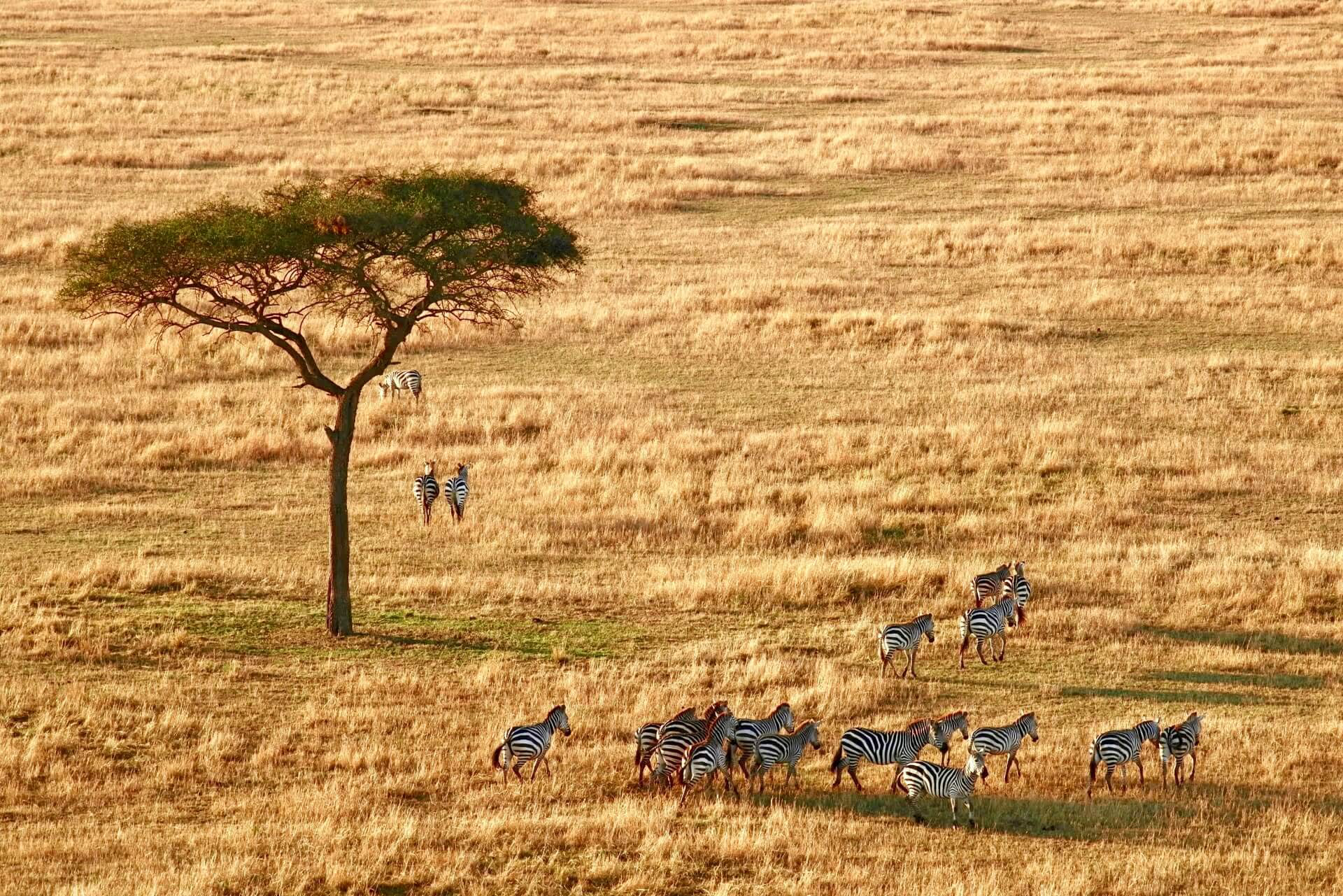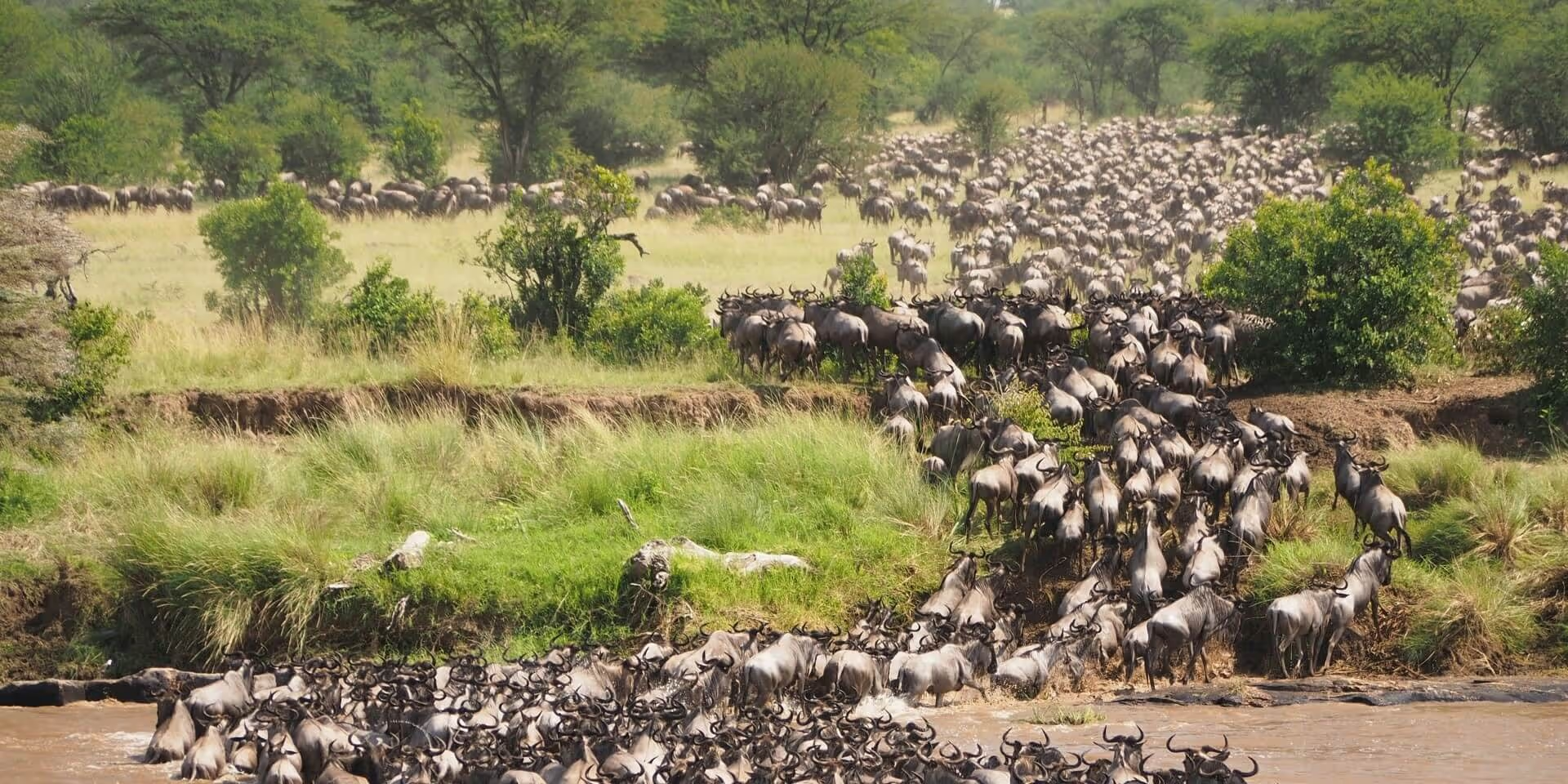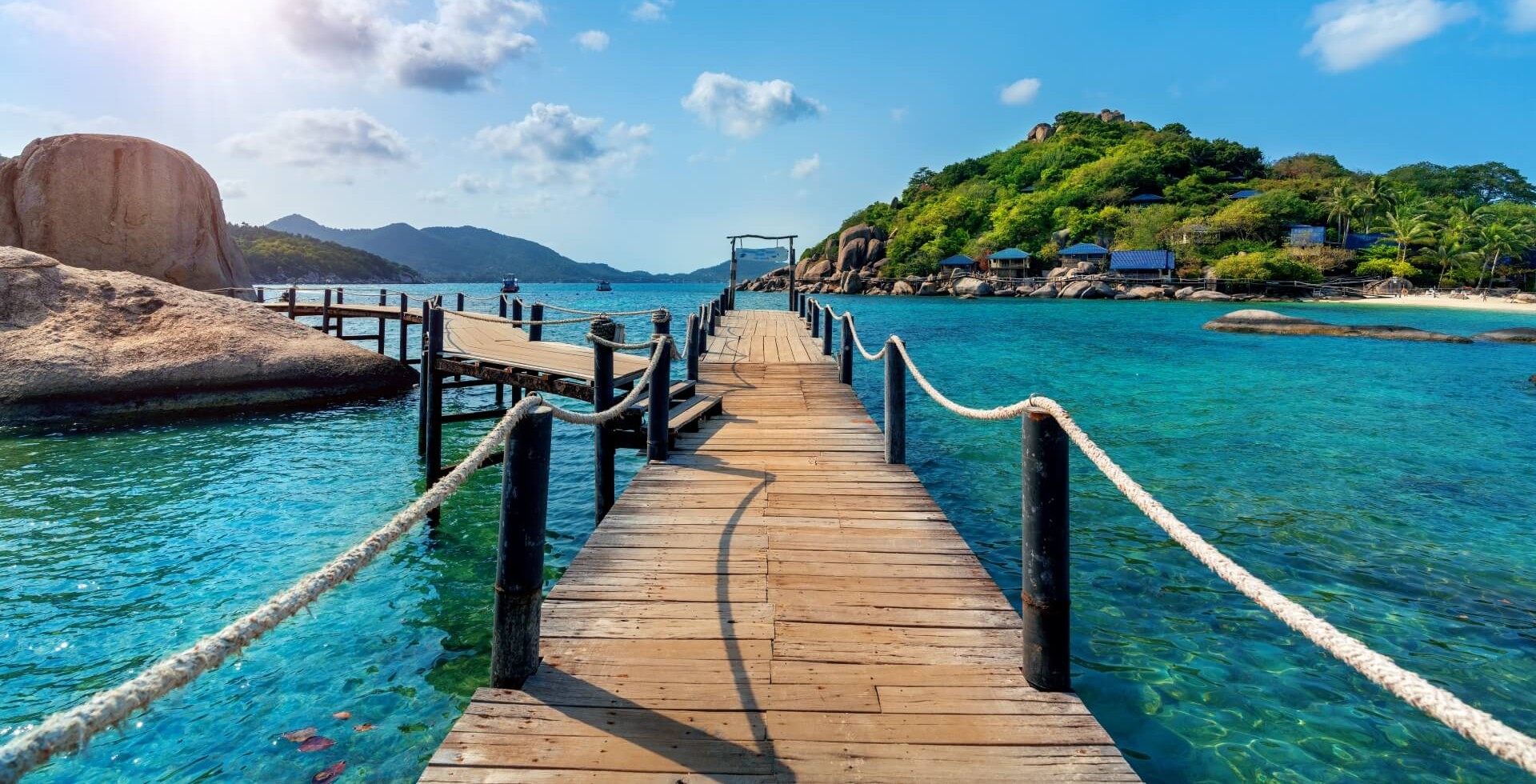Recent footage from the Serengeti, showing tourists blocking a wildebeest river crossing, has reignited an ongoing conversation about safari ethics, responsible tourism, and the balance between conservation and guest experiences.
While the scenes were distressing for wildlife enthusiasts, they also highlight an opportunity for luxury travel brands: aligning your offerings with authentic conservation efforts can both protect nature and strengthen your brand and appeal to high-end travellers.
Luxury travellers today are increasingly value-driven. They are not merely buying a trip; they are looking for experiences that reflect their lifestyle, their values, and the impact they wish to leave behind. Conservation, when authentically embedded in a brand’s operations and storytelling, can differentiate a high-end travel offering, create deeper emotional connections, and reinforce the exclusivity of the experience.
1. Conservation as a core brand value
High-net-worth travellers are discerning. They research, they question, and they seek authenticity. Luxury travel brands that make conservation a visible part of their identity signal to clients that their values align with the traveller.
This isn’t about token gestures or marketing fluff. It’s about making conservation a tangible, operational priority: responsible wildlife viewing, sustainable accommodation, eco-friendly logistics, and community engagement. When these practices are deep in your brand’s makeup, they become a natural story to share across digital channels, from your website to social media to personalised emails.
The Great Migration incident shows the risks when conservation isn’t consistently enforced. Brands that actively demonstrate respect for wildlife and the environment, through staff training, adherence to park rules, and sustainable operations, can turn these practices into a point of trust and credibility.
2. Experience-driven storytelling: make the impact visible
Luxury travellers respond to storytelling that illustrates the difference they make by choosing your brand. Instead of simply listing “eco-friendly practices” or “support for conservation projects,” focus on the experiences those practices enable.
For instance, imagine a private safari where the itinerary includes a behind-the-scenes visit to a wildlife reserve, guided by conservationists. Guests witness the impact of anti-poaching measures or habitat restoration, gaining insight into the efforts that make their exclusive journey possible. These are add-ons to your offering, but they can also become a big part of the story of the luxury experience.
Visual storytelling can amplify this impact. High-quality photography and video can show wildlife thriving in natural habitats, conservation initiatives in action, or intimate encounters facilitated responsibly. These assets not only improve the perception of your offering but also build confidence that clients are choosing a brand that protects what they came to see.
3. Align operations with messaging
Luxury branding is only credible if what you say matches what you do. The Serengeti video underscores the reputational risk when operations fall short of promises, even unintentionally.
For marketing purposes, every conservation claim must reflect operational reality. That means aligning guides, staff, and suppliers with your brand’s environmental commitments. It also means training teams to prioritise wildlife welfare over client satisfaction when conflicts arise. In doing so, brands create a consistent narrative across every touchpoint: website content, social posts, brochures, emails, and in-person interactions.

4. Show measurable impact
Luxury travellers want to feel that their choices matter. Sharing tangible conservation outcomes can transform abstract messaging into proof points.
This data-driven storytelling serves two purposes. First, it demonstrates credibility and authority, which is critical in the luxury market where clients often conduct extensive research before booking.
Second, it positions conservation as an integral part of the guest experience. Guests feel that by choosing your brand, they are actively contributing to the preservation of the destinations they visit.
As a brand, you can feature these metrics on your website, in post-trip communications, or in curated content experiences. For example, an interactive map showing ongoing conservation projects or video testimonials from rangers and scientists can make guests’ contributions tangible and memorable.
5. Use partnerships to show authenticity
Collaborating with reputable conservation organisations, national parks, or wildlife reserves reinforces a brand’s credibility. Partnerships can also provide access to exclusive experiences that both enhance the luxury experience and underline conservation commitment.
From a marketing perspective, these partnerships can be highlighted in content, campaigns, and PR efforts, giving your audience assurance that your efforts are meaningful and recognised by authorities in the field.
6. Integrate conservation into digital marketing
Your website, social media channels, and email campaigns are ideal platforms to communicate conservation initiatives. For luxury brands, digital content should balance elegance, exclusivity, and transparency.
For example, you could create a dedicated section on your website highlighting conservation projects, behind-the-scenes content, and stories from guides and wildlife experts. Social media can showcase real-time updates on projects, immersive short-form video content, or interactive posts that allow followers to engage with conservation stories.
The key is to integrate these messages naturally into the brand experience rather than treating them as separate “CSR” content. Conservation should be presented as part of the reason your luxury offering exists, not just an add-on.
7. Use conservation to differentiate during peak demand
The Serengeti video occurred during the Great Migration, a period when East African safari demand is at its highest. During peak travel seasons, it’s easy for commercial pressures to overshadow ethical practices.
Luxury brands that maintain rigorous conservation standards during high-demand periods demonstrate commitment and professionalism. Marketing these standards can signal to prospective clients that choosing this operator means enjoying the best of the destination responsibly.
Essentially, conservation becomes a tangible differentiator: it elevates the experience while reassuring clients that their high-value purchase is aligned with their values.

8. Educate without preaching
Luxury travellers appreciate subtlety. Marketing conservation shouldn’t feel like a lecture. Instead, use storytelling, visual assets, and curated experiences to inform and inspire.
Narratives can highlight the history of a reserve, the day-to-day work of rangers, or the unique challenges of preserving a delicate ecosystem. These stories are most effective when integrated seamlessly into the luxury experience: guests feel they are participating in something meaningful, not simply observing a lecture.
9. Monitor, adapt, and communicate
Luxury travel brands should continuously monitor the effectiveness of their conservation messaging. Use website analytics, engagement metrics, and feedback from clients to refine storytelling and identify the most resonant messages.
The Serengeti incident is a reminder that misalignment between messaging and actions can cause reputational damage. By tracking and responding to audience perceptions, brands can maintain authenticity and trust over time.
Conservation as a luxury differentiator
Conservation shouldn’t be a “nice to have” in luxury travel. Brands that embed authentic environmental and community matters into their operations and storytelling can strengthen emotional connections, reinforce exclusivity, and build lasting loyalty among high-net-worth clients.
The Serengeti video demonstrates the risks of ignoring this opportunity. Guests, guides, and wildlife all suffer when conservation takes a back seat. Conversely, brands that make ethical stewardship a visible part of the luxury experience gain credibility, attract discerning travellers, and create a product that’s truly exceptional.
Are you ready to elevate your luxury travel brand through conservation-led experiences? Connect with Boost Brands. Our team of travel marketing experts will help you explore how ethical storytelling and immersive experiences can set your brand apart and resonate with the world’s most discerning travellers.




